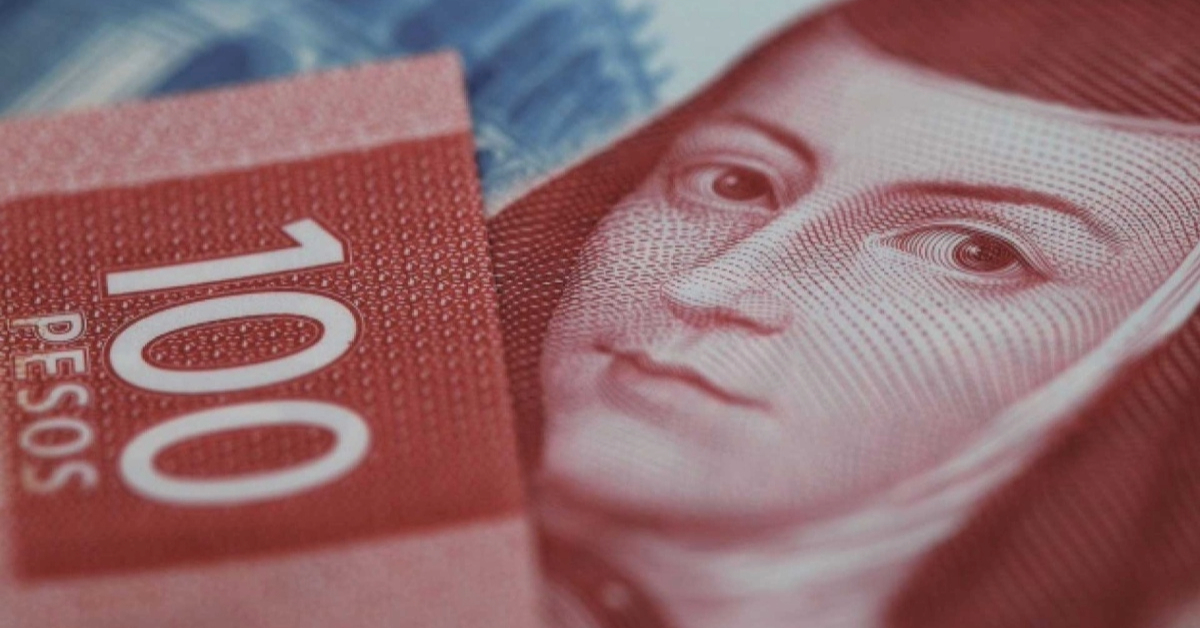The Mexican peso experienced a significant decline on Monday morning, leading losses among global currencies. This drop was influenced by growing investor concerns over a potential recession in the United States, which could be exacerbated by a delayed rate cut from the Federal Reserve.
The exchange rate for the Mexican peso stands at 19.6548 units per dollar, representing a substantial decrease from the official closing price of 19.1624 recorded on Friday, according to data from the Bank of Mexico (Banxico). This movement marks a loss of 49.24 cents, or a 2.57 percent variation . . .






